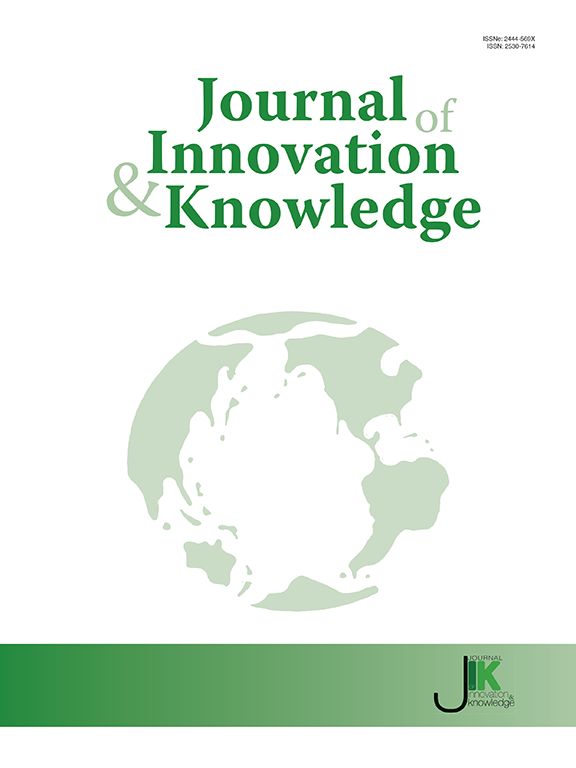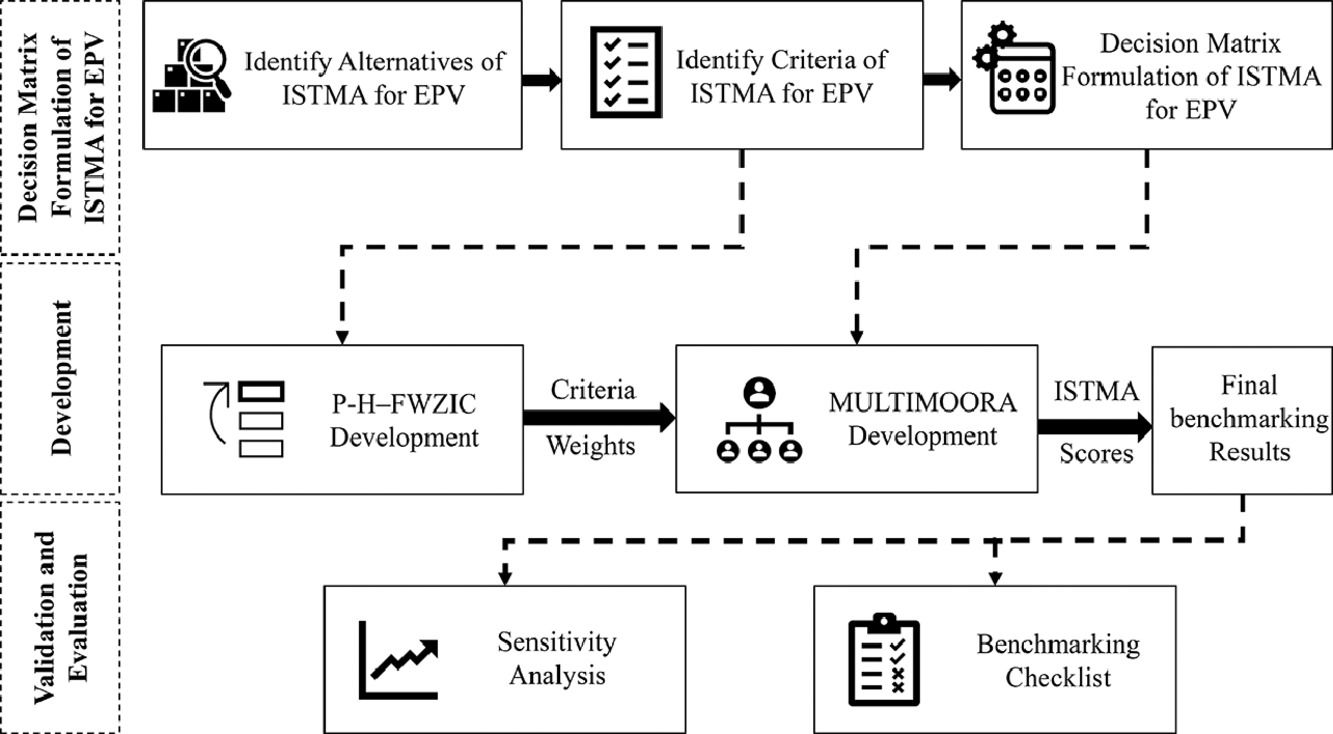The Fifth Industrial and Technological Revolutions: Dancing of Humans and Machines
Edited by Abbas Mardari
Last update: July 2022
The revolution of Industry 4.0 commenced in 2011 by the German Government at the Hannover Fair by describing the fourth step of the Industrial Revolution through improving the use of communication and information technology in the manufacturing sector (Ustundag and Cevikcan, 2017). The key features of this movement were the high level of automation by automated govern machines and the extensive popularity of big data and cloud technology (Paschek et al., 2019). Industry 4.0 covered lots of new concepts, e.g., digitalization, standardization, miniaturization, automation, dynamic and secure networks, incremental mechanization, and general innovation (Ustundag and Cevikcan, 2017). Industry 4.0 transformed the industry sector by relying on the development of technologies such as Artificial Intelligence (AI) (Bécue et al., 2021; Huang and Chueh, 2021; Lakshmi and Bahli, 2020), Internet of Things (IoT) (Cui et al., 2021; Koohang et al., 2022; Wu et al., 2022), Data Analytics (Hensel et al., 2021; Hsu and Tang, 2020; Maciuliene and Skaržauskiene, 2020), 3D printing (Darwish et al., 2021; Jandyal et al., 2022), Robotics (Ballestar et al., 2021; Lakshmi and Bahli, 2020), Cloud technology (Bullini Orlandi et al., 2019; Skare and Riberio Soriano, 2021), and Blockchain technology (Aslam et al., 2021; Chin et al., 2021; Friedman and Ormiston, 2022; Wang et al., 2021).
However, developments that have occurred rapidly to state-of-the-art technologies, particularly the technologies that engage robots, always attract human beings' attention, which injects high levels of quality into manufacturing processes (Pathak et al., 2019).





